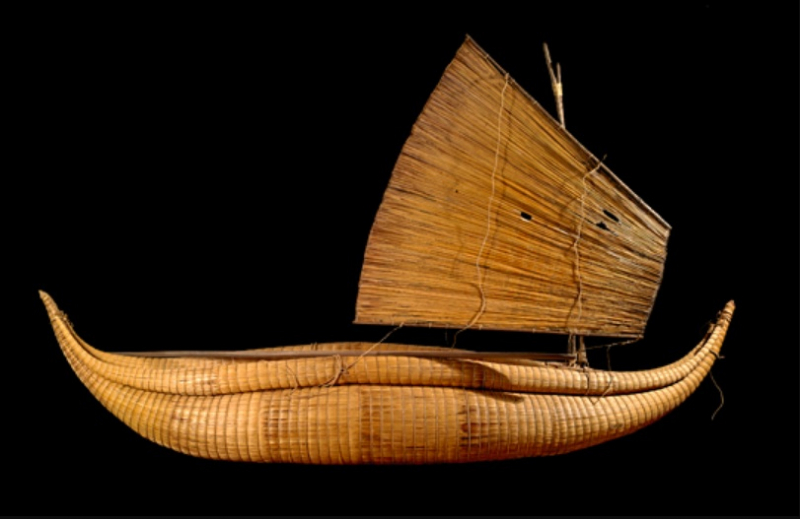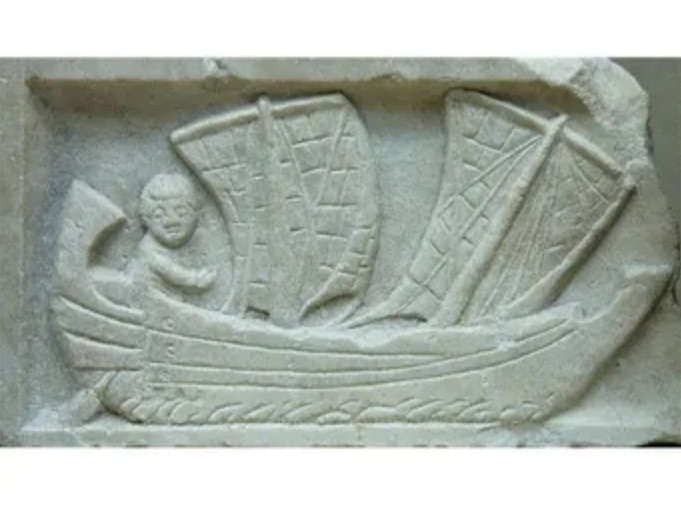Sail
A sail is a tensile structure composed of fabric or other membrane materials that harnesses wind force to propel sailing craft such as sailing ships, sailboats, windsurfers, ice boats, and even land vehicles propelled by sails. Sails are typically three- or four-sided and manufactured from a combination of woven materials such as canvas or polyester cloth, laminated membranes, or bonded filaments.
Archaeological examinations of Cucuteni-Trypillian culture ceramics suggest that sailing boats were used as early as the sixth millennium BCE. Excavations in Mesopotamia from the Ubaid period (c. 6000-4300 BCE) reveal direct evidence of sailing vessels. According to Joshua J. Mark (a freelance writer and scholar), the sail evolved from seeing the effects of wind on a piece of cloth, most likely when it was hung out to dry after washing. Many merchants traded on the Tigris and Euphrates rivers and had little trouble rowing or poling their boats downstream, but going back up was a different story. Rowers had to battle the current upstream in small reed-built boats that may fill and capsize as they battled the current. With the introduction of the sail, a trader could return to the point of origin much more easily and bring considerably more things on the return voyage than before. Sails were rectangular or square in shape and constructed of linen or papyrus. Long-distance maritime trade with Egypt and the Indus Valley Civilization became possible once the sail was perfected, bringing a broader range of goods to Mesopotamia than ever before.












